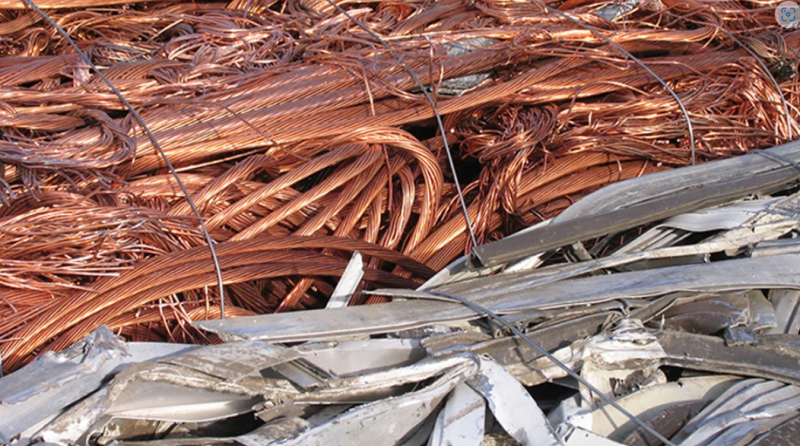
The recent tariffs imposed by President Donald Trump on Canada and Mexico have created uncertainty in the U.S. nonferrous scrap market. While initially paused, tariffs on recyclable materials like steel, aluminum, copper, and plastics continue to disrupt the market. Experts, including Adam Shaffer of the Recycled Materials Association (ReMA), warn that these tariffs are challenging U.S. recyclers. This article explores the impact of these tariffs, their effects on nonferrous scrap flows, and the market outlook.
The Impact of U.S.-Mexico-Canada Tariffs on Scrap Recycling
On March 2, President Trump enacted tariffs under the International Emergency Economic Powers Act (IEEPA), targeting imports from Canada and Mexico. The initial tariffs, effective from March 4, were put on hold for materials complying with the United States-Mexico-Canada Agreement (USMCA), such as automobiles and recovered metals for recycling. However, this pause did not last long. Recyclers were soon faced with the uncertainty surrounding the tariffs, causing disruptions in the recycling supply chain.
Adam Shaffer, Vice President of International Trade and Global Affairs at ReMA, points out the significant threat posed by retaliatory tariffs from Canada. With over $5 billion worth of recycled commodities exported from the U.S. to Canada, the impact of these tariffs is concerning for the U.S. recycling industry. Items like steel, aluminum, copper, and plastics could soon be subject to new tariffs, further complicating the recycling process.
Challenges for U.S. Recyclers and Scrap Processing Companies
The uncertainty surrounding tariff implementation has led to a slowdown in prime scrap generation. Patrick Merrick, president of W. Silver Recycling Inc., shared insights on the issue, explaining how his company, which operates on both sides of the U.S.-Mexico border, had to quickly adapt to the changing circumstances. Merrick’s company managed to find temporary solutions for suppliers affected by tariff uncertainty, but these are far from ideal.
Despite these adjustments, Merrick warns that the market is still facing challenges. He attributes part of the slowdown to a general decline in consumer goods consumption, alongside the impact of tariffs. Auto manufacturing, consumer products, and other sectors have seen reduced production, leading to a decrease in available scrap materials.
Merrick predicts that scrap generation will remain volatile until the tariff situation is fully clarified. Although there was a spike in volume in the week of March 10, it remains unclear whether this represents increased production or simply a reaction to the tariff uncertainty.
Domestic Demand and Export Markets
Despite the turbulence in the U.S. nonferrous scrap sector, domestic demand remains robust. Both scrap processing executives agree that mills are operating at full capacity and showing strong interest in nonferrous scrap. However, delivery schedules for certain materials, especially copper and brass, have been delayed as mills manage their inventories.
Global trade, particularly to markets like Mexico, Korea, and India, is experiencing a slowdown. Foreign buyers are hesitant to make purchases due to the tariff uncertainties and the prevailing surplus of materials in the U.S. market. This has led to softer pricing in the export market, especially compared to the end of last year when prices were more favorable.
Conclusion: A Choppy Road Ahead for Scrap Recycling
The uncertainty caused by tariff policies is having a profound impact on the nonferrous scrap market. Recyclers are faced with disrupted supply chains, delays in scrap generation, and fluctuating demand both domestically and internationally. As tariff situations evolve, recyclers will need to stay agile, finding ways to mitigate risks and adapt to market conditions. Until clarity is achieved regarding tariff implementation, the market is expected to remain unpredictable.











Leave a Reply
You must be logged in to post a comment.